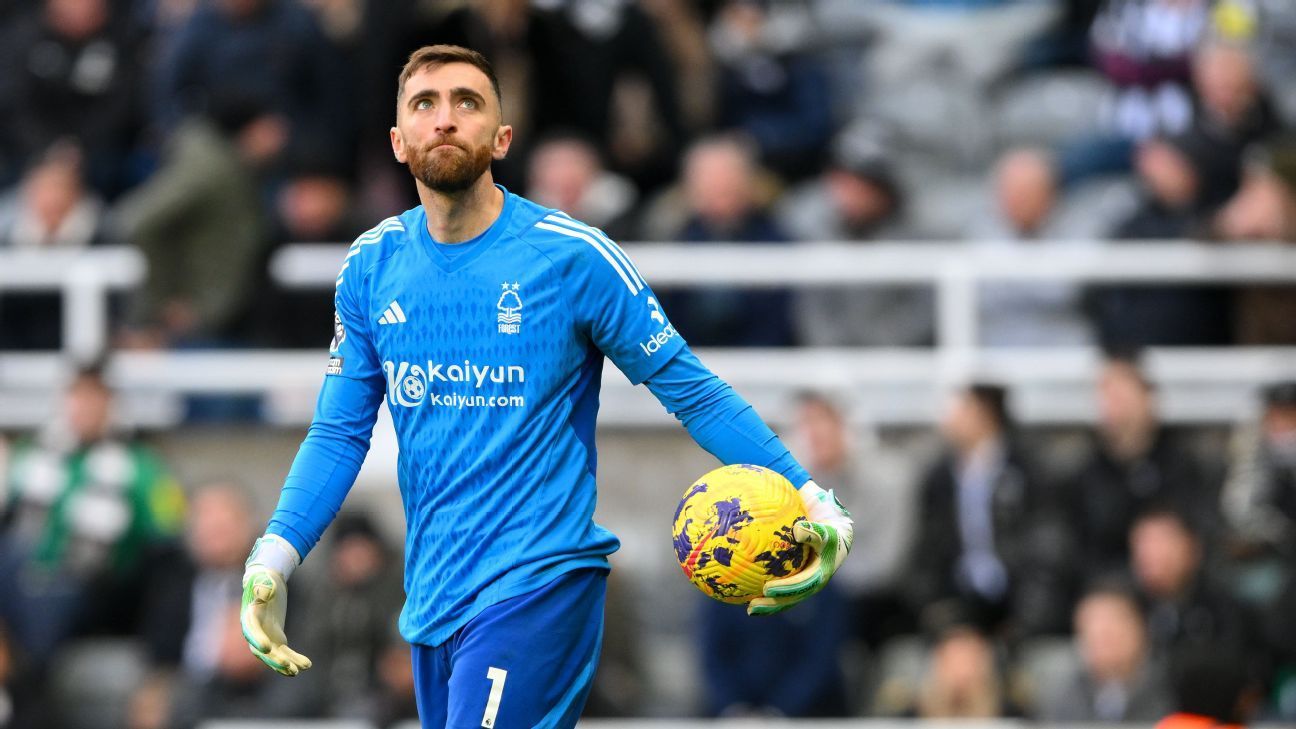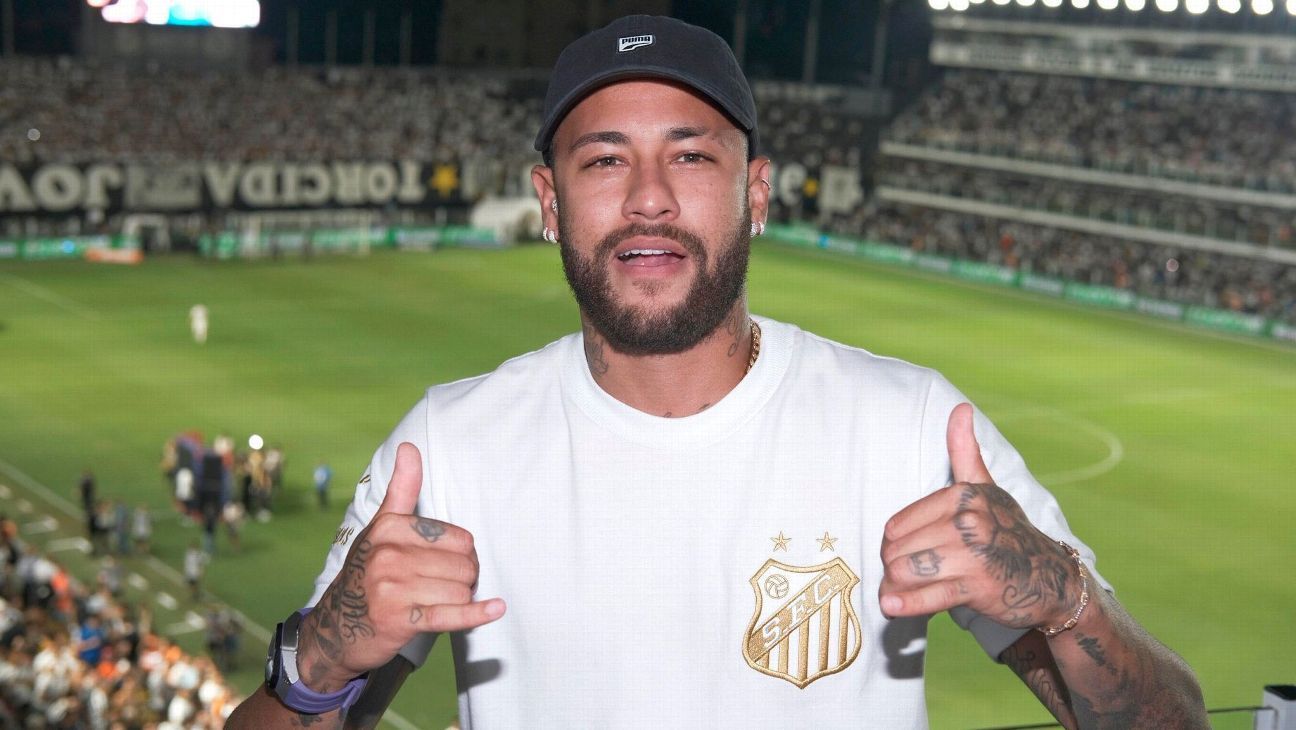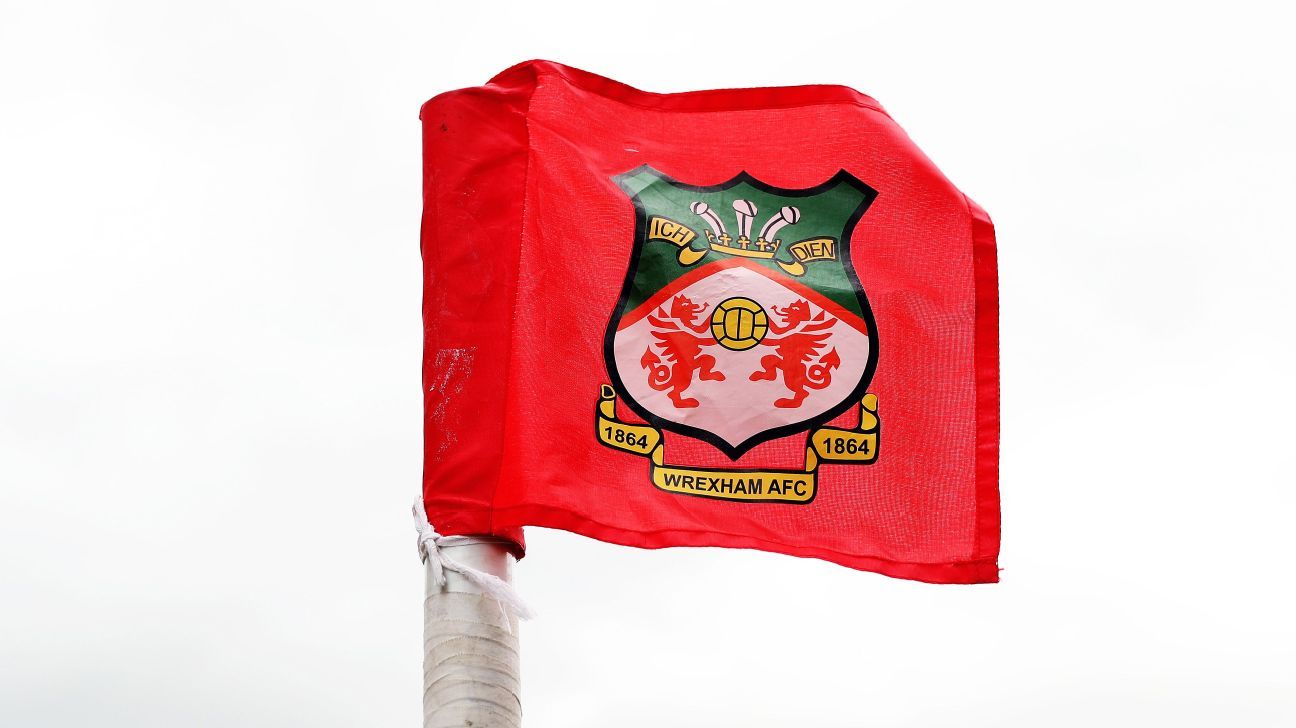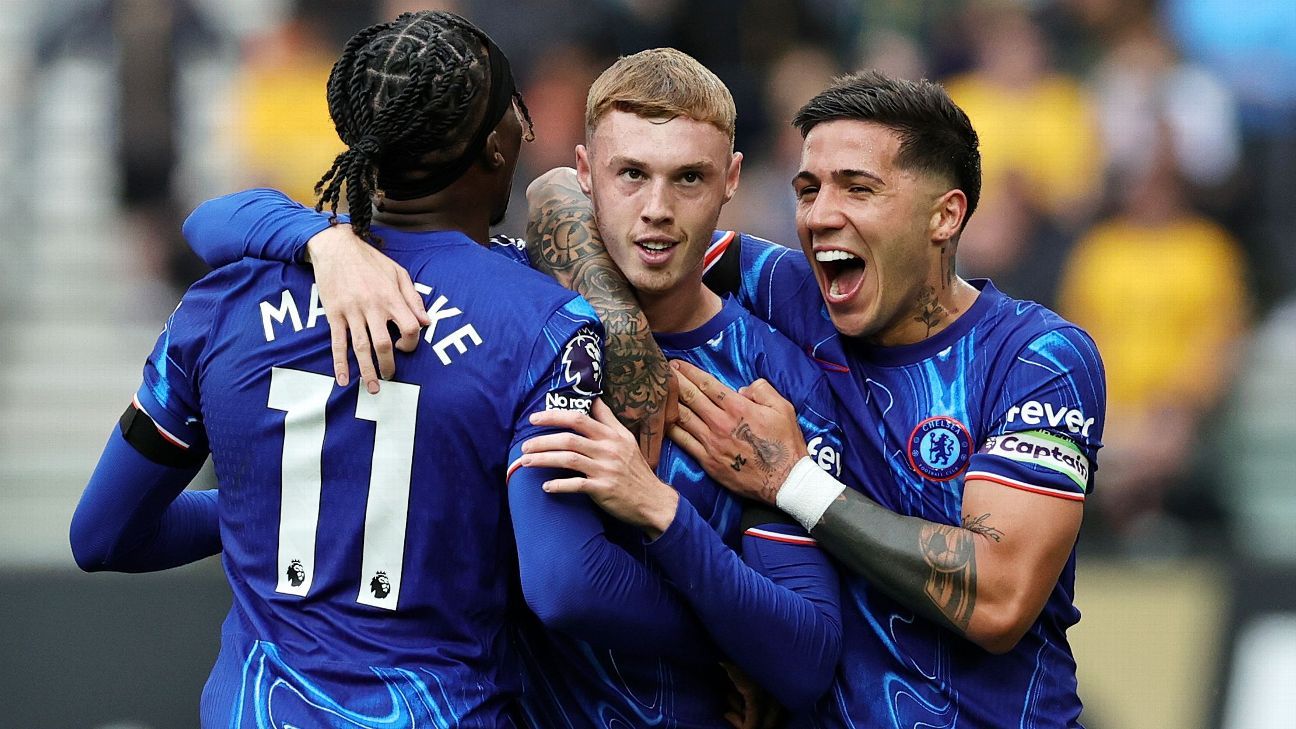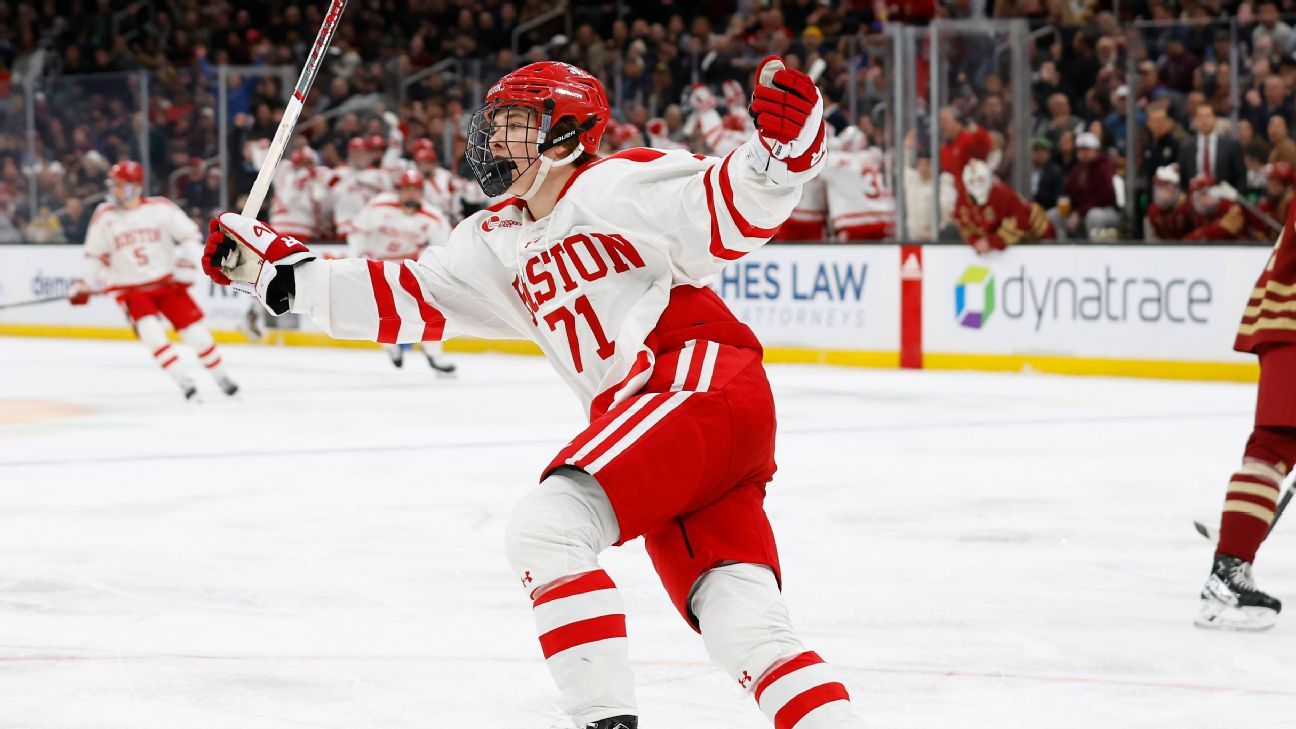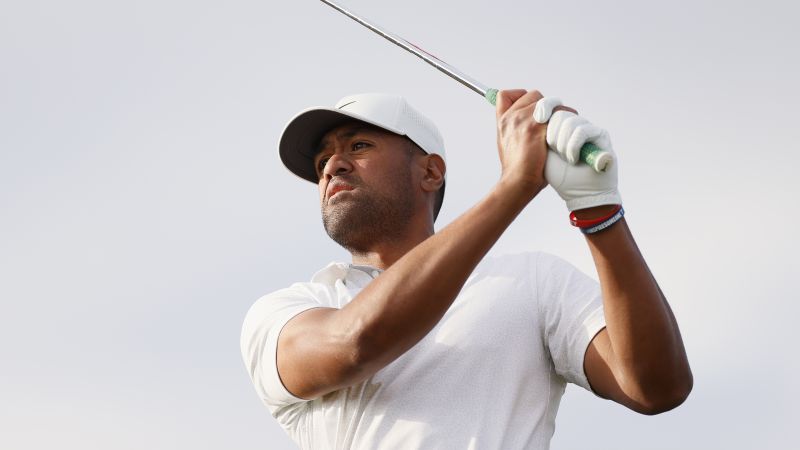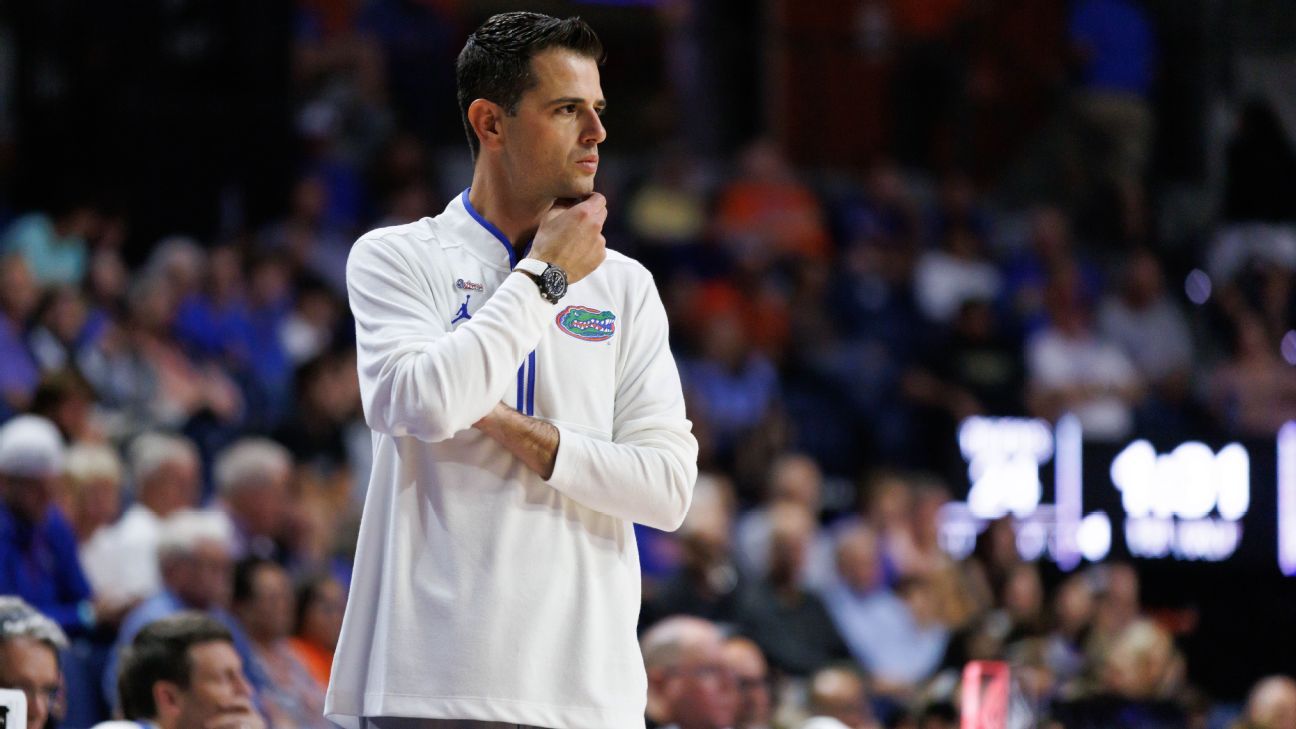The list reads like one of those t-shirts: Tony + Kasey + Brad + Tim. From Tony Meola to Kasey Keller, Brad Friedel and Tim Howard, the United States men's national team spent two decades with an ace in net. (The hipster version of the jersey also features Juergen + Marcus, for Juergen Sommer, who played in the English top flight, earning 10 caps and two World Cup roster spots for the US between 1994 and 1998 , and former Reading star Marcus Hahnemann.)
No matter the quality or depth of the 10 outfield players (for as long as most American fans can remember), everyone knew the USMNT had a high-quality goalie to clean up the mess. At times, the performance became legendary: Keller single-handedly stopped a Brazilian attack in the 1998 Gold Cup, Friedel's heroics in the 2002 World Cup, Howard's 16-save spectacle against Belgium in the World Cup. 2014. But beyond the heroic acts, the key was the constant firmness of the goalkeepers.
For 20 years, one of the USMNT's best players, if not the best, was the goalkeeper, succeeding both for his country and his club. But now? Well.
– Stream on ESPN+: LaLiga, Bundesliga and more (US)
– Read on ESPN+: Ranking of the USMNT's best U-21 prospects
The situation is not terrible. USMNT coach Gregg Berhalter has options in Matt Turner, Zack Steffen, Ethan Horvath, Sean Johnson and a handful of others moving up the ranks. Turner, whose wild, wonderful, strange path to the English Premier League is a true American soccer success story, played well between the posts during the 2022 World Cup. He's been a pretty solid No. 1 since taking over in United States, and the recent debacle against Trinidad and Tobago was more atypical than the norm.
But even so, goaltending is now a relative weak point, an unusual position for the United States after years of never worrying about it. The best American goalkeepers these days are either not starters or have had to move to lesser clubs and easier leagues in search of playing time.
This perception of weakness is a reflection of past success and reality. When asked by ESPN about past heroes, Pittsburgh Riverhounds goalie coach Jon Busch summed it up this way: “Maybe they spoiled us, right?”
Keller, who played goalie during those golden USMNT years, agrees.
“Where American soccer goalkeepers were in the '90s and '00s is something that's almost impossible to explain,” Keller told ESPN by phone. “At one point, we had four starting goalkeepers in the Premier League, which is 20 per cent of the league. It became normal and there was an expectation that we would always have two or three starting goalkeepers in the Premier League. But it's not realistic to expect let this continue.”
He added: “When you're successful at a position that brings attention to other players in that country, people think, 'Oh, well, if Kasey can do it, great, then maybe Brad can do it. If Brad is doing it, “So maybe Marcus can do it, and how about this young American? Then they bring in Tim. You've got this conveyor belt.”
Meola, Keller, Friedel and Hahnemann were born between February 1969 and June 1972. This is a golden generation of goalkeepers, a level of success that is unsustainable. But the performance of the United States In fact has fallen.
Turner, America's presumed number one, left Arsenal after making just seven appearances in all of the club's competitions, and has had his ups and downs since joining Nottingham Forest. Among the 34 Premier League goalkeepers who have played this season, in goals prevented (an advanced statistic that looks at expected goals versus goals conceded), Turner ranks 23rd at -0.19 per 90 minutes. One small silver lining: Odisseas Vlachodimos, Turner's competition to start in goal at Forest, rank even worse at -0.83 goals avoided per 90, low enough for 32nd in the league. As a result, Turner was able to regain the starting job at Forest.
However, Turner's numbers are a far cry from what he did with the New England Revolution: his goals avoided per 90 in his last two full seasons in Major League Soccer were +0.20 (2021) and +0, 37 (2020). although in a much more difficult league.
Horvath, consistently a positive goalkeeper during his early years, also fell to a goals avoided per 90 of -0.03 during the 2022-2023 season at Luton Town, according to ESPN Stats & Information. Since he returned to Forest, he hasn't played and hasn't even been on the bench since the beginning of September. Steffen barely played between 2020 and 2022, then made 42 starts for Middlesbrough last season, where he recorded a boring goals avoided per 90 of -0.05. He's played so little that it's hard to know where the former Columbus Crew stalwart is mentally or physically.
Beyond those three, Drake Callender, Roman Celentano and Patrick Schulte have been solid in MLS, but that level of competition could be their ceiling. While 19-year-old Gaga Slonina, 19-year-old Chris Brady and 17-year-old Diego Kochen represent a talented next generation full of potential, they are a trio of teenagers with less than 100 first-team appearances between them. .
“I think the pecking order now is Matt Turner and then whoever Gregg is. [Berhalter] “I think it's next,” Tony Meola told ESPN. “It's a complicated situation. We've never really had it, not in the goalkeeping position.”
One question is whether this moment of positional insecurity is an unusual problem or a symbol of a more systemic problem. The answer, as always, is a little of both. The goalie position is undergoing a metamorphosis in which the traditional athletic strengths that Americans bring to the table are no longer sufficient.
“The role of the goalkeeper has changed tremendously,” said former MLS goalkeeper Joe Cannon. “In the last 10 or 15 years, you see goalkeepers who can play with their feet. This 'Brazilian goalkeeper' has been combined with what we would see with the athleticism of the United States goalkeeper. There is a little more nuance, a little more of composure with the ball.
Perhaps it's no surprise that Turner is an above-average shot stopper and a below average passer.
But it is also a question of repetitions. Keller noted that he, Friedel and Hahnemann toured England, starting and succeeding in the second division championship before their strong performances in the Premier League.
“It's not easy to be thrown into a Premier League team and think you're going to be a successful starter with just MLS experience,” Keller said. “You just don't take that big a leap and think everything will be perfect. Matt has 20 games of top-flight experience in Europe. He doesn't have 200 games of top-flight experience. You don't have the situation experience.”
The biggest problem for all goaltenders is playing time: fighting to get into the net and then staying there. On that front, Turner's return to the Forest cage is a positive sign, and Steffen's move to Colorado should open up opportunities. Horvath needs to find a resolved situation and Chelsea, who paid big money for Slonina, are keen to keep their young goalkeeper getting playing time on loan. This summer the Copa América will be held and the 2026 World Cup is not far away.
“Everyone will be in the prime of their careers, thinking about playing in a World Cup at home,” said Aron Hyde, Charlotte FC's head goalkeeper and former United States goalkeeping coach. “There can't be more motivation for any of them to put themselves in a position where they're playing well heading into the 26th.”
Despite the recent wobbles, a smart bettor would bet on the United States to fix its goaltending situation. There is too much success to ignore.
“We have two years and two and a half years to get this moving in the right direction,” Meola said. “Hopefully Gregg will have five goalies to choose from when we get to 2026. That wouldn't be a big problem for us.”
Matt + Zack + Ethan + Drake + Gaga, anyone? And don't forget the possibility of Roman + Patrick + Chris + Diego either.

